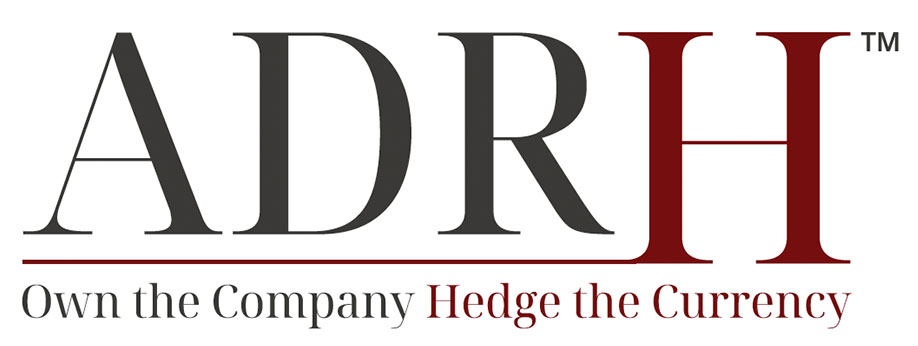Dow Jones Newswires
This column is part of the eighth annual Heard on the Street stock picking contest.
With healthcare investors crowded into the obesity-focused drugmakers, AstraZeneca, a leader in cancer at a more reasonable valuation, looks like a better bet. If its shareholders are lucky, the pharma company could even get a piece of the weight-loss market as well.
The Anglo-Swedish drugmaker may not get nearly as much buzz as obesity darlings Eli Lilly and Novo Nordisk, but the company’s growth under Chief Executive Officer Pascal Soriot over the past decade has been impressive. Back in 2014, Soriot fended off a $120 billionPfizer takeover bid and vowed to grow the company from $26 billion in annual revenues to $45 billion by 2023. Some on Wall Street saw the goal as lofty, but the company got there last year, raking in $45.8 billion in sales.
Now, Soriot has set another ambitious goal: $80 billion by 2030. Given the company’s proven track record in betting on solid prospects, such as the cancer deals it struck with Japan’sDaiichi Sankyo, investors have reason to believe it can get there once again.
To buy into AstraZeneca’s stock from here, it is helpful to think of the company’s ability to play catch up. Back in the early 2010s, Soriot was facing a big growth problem. The company decided to concentrate on treatments for cancer, and cardiometabolic and respiratory diseases. Cancer sales went on to grow from $3 billion in 2014 to about $17 billion in 2023 driven by drugs such as Tagrisso for lung cancer, Imfinzi for lung and bladder cancer and Lynparza for ovarian cancer. Seamus Fernandez, an analyst at Guggenheim Securities, explains that, while Roche dominated the treatment of an aggressive type of breast cancer known as HER2-positive, AstraZeneca came from behind with Daiichi-partnered drug Enhertu to become one of the most successful companies in this area. That same approach could help as they compete for massive opportunities in cardiovascular and metabolic diseases such as obesity, he says.
AstraZeneca hasn’t hyped up its obesity pipeline, but it is expected to release key data at a conference in San Antonio in early November. Investors will be paying close attention to data from an early stage study of a weight loss GLP-1 pill it got in a deal with China’s Eccogene. AstraZeneca is also expected to provide early stage data on a long- acting injection, which targets another gut hormone called amylin. In addition, AstraZeneca is planning to study its oral GLP-1 in combinations with its other cardiometabolic drugs like Farxiga for diabetes. Investors are right not to be pricing in the early stage obesity opportunity, but positive data later this year could change that.
Even without obesity, the company has enough shots on goal across its pipeline. Following a key oncology conference in early June, investors came away impressed with the company’s deep bench of therapies. From its portfolio of antibody drug conjugates to radiopharmaceutical therapies to immunotherapies and cell therapy, AstraZeneca looks well positioned to build off its position as a leader in oncology.
One of its bestselling drugs, Tagrisso, should continue to grow until the end of the decade to well over $7 billion in annual sales. It is also likely to skirt Medicare negotiations under the Inflation Reduction Act thanks to its orphan drug designation, a status conferred to drugs treating diseases afflicting fewer than 200,000 people, says Guggenheim’s Fernandez. Its collaborations with Daiichi Sankyo on ADCs, which work like a guided missile by pairing antibodies with toxic agents to fight cancer, have been particularly successful. Besides Enhertu, Dato-DXd, another Daiichi-partnered drug, could receive FDA approval for a type of lung cancer by the end of the year. Its big commercial potential, though, lies in treating HR-positive, HER2-negative breast cancer.
Like most other pharma companies, AstraZeneca has to find ways to keep growing despite some of its blockbusters facing patent expirations. Diabetes blockbuster Farxiga, for instance, is going off patent in the coming years. Emily Field, an analyst at Barclays, notes that the depth of the company’s pipeline — about 20 late-stage trials of entirely new drugs — can sometimes be a double-edged sword as generalist investors have a hard time wrapping their hands around so many opportunities. Still, she writes that “having a pipeline as broad and as deep as AstraZeneca’s is of course a good problem to have.”
At 18.8 times its prospective 12-month earnings, the drugmaker isn’t selling at a bargain price. But it is still reasonable for the growth it offers, and is way more affordable than the obesity darlings, Lilly and Novo, whose multiples are over 30–solid growth at a reasonable price.
Write to David Wainer at david.wainer@wsj.com
(END) Dow Jones Newswires
August 20, 202407:00 ET (11:00 GMT) Copyright (c) 2024 Dow Jones & Company, Inc

